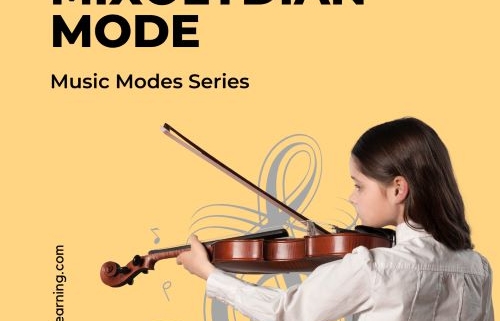Early learning is an essential foundation for a child’s academic success. As a parent, you want to ensure that your child has the skills and knowledge they need to excel in their academic journey. Tutoring can be a valuable resource in helping your child develop these essential skills. In this blog post, we’ll discuss the importance of early learning and how tutoring can benefit your child.
Early Learning Sets the Stage for Academic Success
During the early years, children are developing fundamental cognitive, social, and emotional skills. These skills are critical building blocks that enable them to understand and interact with the world around them. Early learning also helps to build a strong foundation for more advanced concepts and subjects they will encounter in school. By providing early learning opportunities and support, you’re laying the foundation for academic success that will carry your child through their academic journey.
Tutoring Provides Individualized Attention and Support
While classroom instruction is valuable, students often do not receive the individualized attention that they need. With tutoring, your child receives one-on-one support and attention, allowing them to work at their own pace and get the help they need in areas where they may be struggling. A tutor can identify areas where your child needs extra help or practice, tailoring their approach to meet the specific needs and learning style of your child. This individualized attention can help your child gain confidence, improve their skills, and achieve academic success.
Tutoring Can Help with Specific Academic Challenges
Tutoring can help your child overcome specific academic challenges they may be facing. Whether it’s reading difficulties, math struggles, or other academic issues, a tutor can help your child address these challenges head-on. Tutors can provide additional practice and support in specific subject areas, helping your child gain a deeper understanding of the concepts they’re learning. With the support of a tutor, your child can build their skills and knowledge, leading to better academic outcomes.
Early Learning Supports Social and Emotional Development
Early learning is not just about academic success. It also plays a crucial role in a child’s social and emotional development. Children who receive support and encouragement during their early years are more likely to develop positive self-esteem, confidence, and social skills. This foundation of emotional and social skills can have a profound impact on a child’s future academic and personal success. Tutors can provide a supportive environment that fosters positive emotional and social development, helping your child build essential skills for success.
Tutoring Can Positively Influence on Your Child’s Attitude Towards Learning
When children struggle in school, it can be easy for them to become frustrated and disheartened. However, with the support of a tutor, your child can begin to see that they can overcome academic challenges and achieve success. The positive influence of a tutor can help your child develop a more positive attitude towards learning, leading to greater engagement and enthusiasm for their academic journey.
Schedule Your First Session with An Expert Tutor Today!
The importance of early learning and tutoring cannot be overstated. With the right support and attention, your child can build the foundation they need to excel in school and beyond. By investing in tutoring services, you’re investing in your child’s future academic and personal success. At Hodis Learning & Music, we offer expert tutoring services to help your child reach their full potential. Contact us today to learn more about how we can help your child achieve academic success.

















